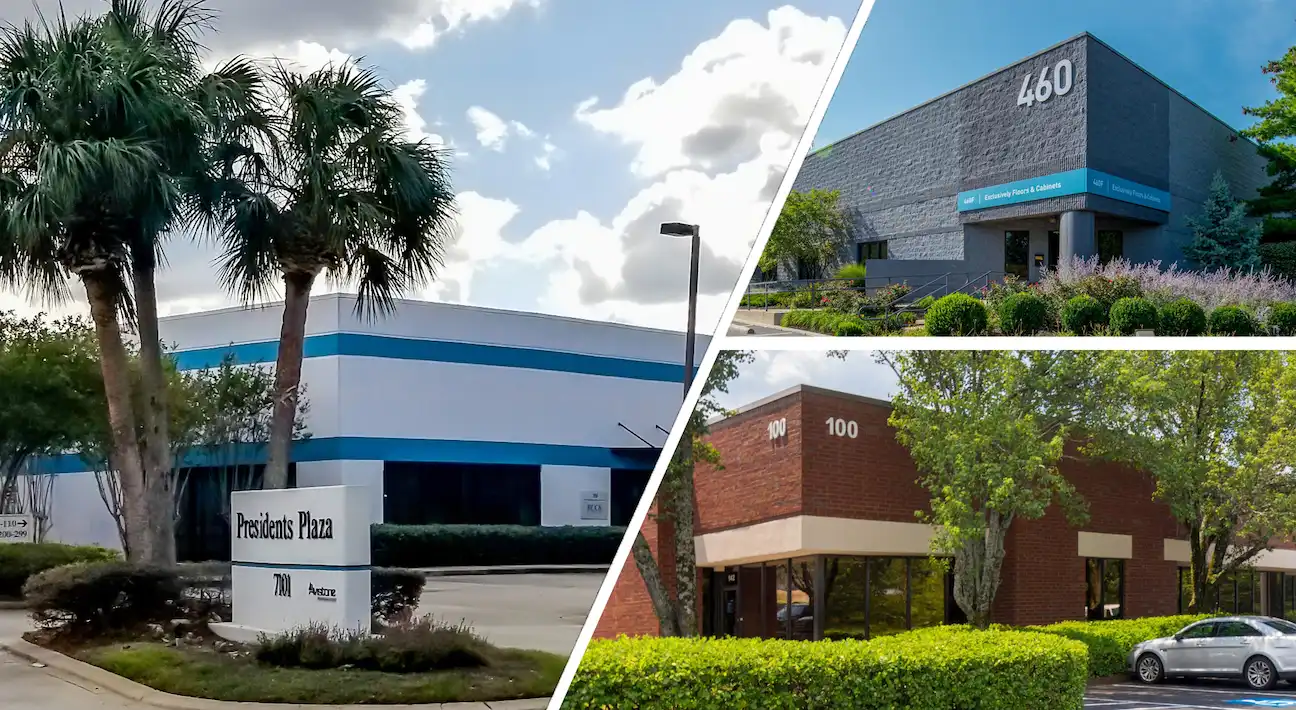
When it comes to income-producing real estate properties, investors have a multitude of options. From multi-family and residential properties to self-storage facilities, investors have a variety of assets to choose from that can complement their investment portfolios. However, one sector that often goes overlooked is industrial real estate, a massive property market that has quietly emerged as a top performer in recent years, according to leading real estate advisory firms such as Green Street Advisors.
The demand for industrial properties, particularly warehouses and last-mile distribution centers near densely populated areas, has skyrocketed to all-time highs. This surge is primarily driven by the rapid growth of e-commerce, which has necessitated the need for efficient storage and distribution facilities. Investing in industrial real estate offers the potential for stable cash distributions, capital appreciation, and protection against inflation, making it a potentially attractive option for savvy investors.
Industrial real estate encompasses properties characterized by large, open floor plans, high ceilings, and accessible loading docks for seamless loading, unloading, and storage. These buildings also include space for administrative and accounting offices. The major types of industrial properties include warehouses, light manufacturing plants, storage facilities, and multi-tenant industrial business parks, also known as “flex industrial projects.” The latter consists of individual units that feature a combination of office space and industrial/warehouse space. Each type of industrial real estate presents unique characteristics and benefits for investors to consider.
Investing in industrial real estate provides diversification for investors looking to expand their real estate portfolios. Unlike other income-producing properties that have specific purposes, industrial properties offer multiple potential uses, allowing for greater flexibility to meet changing market demands. For instance, if the demand for warehouses is low in a particular area but high for storage facilities, an industrial property can be adapted and marketed accordingly. Moreover, the multi-purpose nature of industrial properties makes them appealing to a broader range of businesses, increasing their marketability.
The high demand for industrial properties stems from their adaptability and strategic locations. These properties are rarely left vacant for extended periods, especially in key areas within major metropolitan areas. Almost every product undergoes some form of processing or storage in an industrial property during its journey from manufacturing to final distribution and sale. The recent surge in e-commerce has further amplified the demand for industrial properties, as online retailers require efficient logistics networks to fulfill orders promptly.
From a financial perspective, industrial real estate may offer attractive rental terms and income opportunities. Lease terms for industrial spaces typically range from three to ten years or even longer. This duration exceeds the average lease term for residential properties and self-storage projects. Tenants in industrial spaces are often more likely to renew their leases due to the challenges involved in reconfiguring the space to suit their specific business needs. This stability often contributes to a reliable income stream for investors.
Furthermore, industrial properties boast lower maintenance costs compared to other commercial property sectors. Due to their spacious and functional design, industrial properties require fewer additional features and maintenance expenses. With large, open areas, concrete floors, and high ceilings, the need for costly upgrades is minimized or eliminated. Additionally, many industrial space leases operate under a “triple net” arrangement, meaning that tenants are responsible for repairs and improvements, further reducing the owner’s maintenance burden.
As with any real estate investment, there are inherent risks associated with investing in industrial properties. Vacancies can occur when companies go out of business or relocate, leaving properties temporarily empty until new tenants are secured. Moreover, rising interest rates in recent years have made financing more expensive, potentially leading to lower investment yields due to higher mortgage payments. It is crucial for potential investors to carefully examine the risk factors associated with each industrial property investment opportunity.
For those interested in entering the industrial real estate market, investing with a reputable private real estate investment firm can provide valuable guidance. For nearly a decade, Avistone has been at the forefront, providing investors across the nation with opportunities to enter the commercial real estate market. As a commercial real estate with a track record of success, our expertise lies in the acquisition and operation of multi-tenant industrial properties. Since our inception, we have achieved milestones, successfully acquiring and managing a portfolio of over 4 million square feet of flex industrial properties. Our strategic expertise extends across prime locations in California, Georgia, Ohio, Virginia, Texas, and Florida.
What sets Avistone apart is our experienced executive management team, collectively boasting an impressive track record of over 100 years of combined experience. With expertise in acquisitions, dispositions, operations, structured finance, land use, and asset and portfolio management, our team brings a wealth of knowledge and proficiency to the table. This exceptional skill set enables us to make insightful investment decisions and execute robust strategies that drive consistent returns for our valued investors.
At Avistone, we are deeply committed to delivering exceptional value and results. With a meticulous focus on asset quality and market potential, we seek to create attractive investment opportunities that align with the unique goals and aspirations of our esteemed investors.